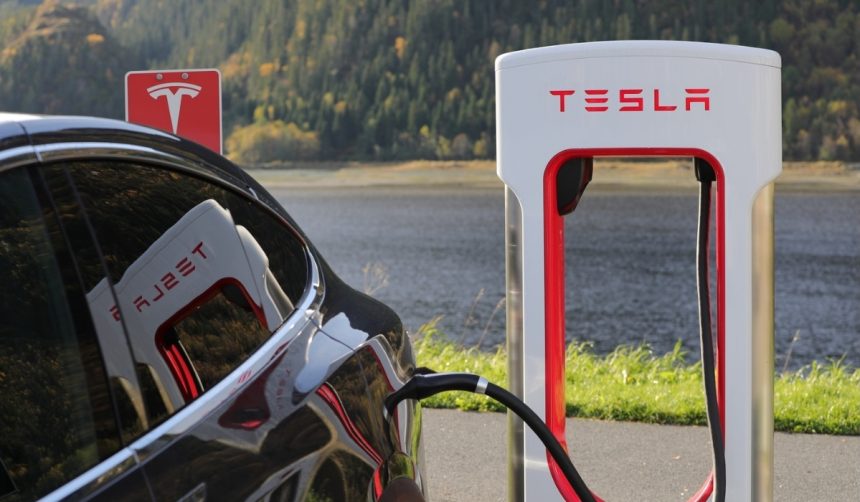With the electric vehicle sector under increasing scrutiny, Tesla draws heightened interest from analysts, investors, and competitors. Recent dynamics in market performance have shifted attention toward Tesla’s strategic pipelines and upcoming launches as shareholders look for signs of recovery. Changes in consumer preferences and regulatory landscapes continue to play a substantial role in shaping the business outlook for major automakers, with Tesla frequently at the center of industry developments.
Over the past year, reporting focused heavily on Tesla’s short-term fluctuations, regulatory investigations, and quarterly earnings calls, while earlier commentaries sometimes overlooked the significance of ongoing product innovations like Robotaxi and Optimus. Recently, with Tesla’s stock declining approximately 18 percent, some observers questioned the company’s ability to spark renewed growth. In contrast, the current analysis spotlights near-term catalysts, specifically the expansion of autonomous technologies and advanced robotics projects, which are now presented as pivotal factors in market sentiment. This shift in narrative from immediate financial concerns to long-term technological milestones marks a departure from previous coverage.
What Drives Optimism for Tesla’s Performance?
Several projects contribute to renewed investor optimism. The expansion of Tesla’s Robotaxi operation, which recently reached the Bay Area in California, has been cited as a significant growth driver. Alongside this, ongoing advancements in Full Self-Driving (FSD) technology are opening up prospects for broader global reach, with ambitions extending to Europe and Australia through pending regulatory processes. Emmanuel Rosner of Wolfe Research highlighted,
“Tesla has several catalysts coming up with respect to FSD and Robotaxi, including an expansion of their AV service into several new U.S. markets (San Francisco, Nevada, Arizona, Florida, etc.).”
These projects underline efforts to reinforce the brand’s competitive positioning.
How Are Tesla’s Technological Efforts Impacting Market Outlook?
Tesla’s ability to secure regulatory approval for FSD in new markets, coupled with the anticipated scaling up of the Optimus project—a robotics initiative slated for production in 2026—is reshaping projections for the company’s trajectory. Investor interest appears strongly tied to expectations of technological progress, as the company seeks to recover from a subdued year in trading. Rosner notes,
“The company plans to unlock hands-free/eyes-off autonomy for FSD owners in select U.S. locations by year-end 2025. Supervised FSD in China and Europe is expected to launch over the next twelve months.”
Such milestones are being closely monitored by analysts for their potential to drive stock performance.
Are Broader Market Risks Still a Factor?
Despite these positive signals, persistent risks affecting the wider electric vehicle market still warrant attention. Market volatility and slower adoption rates present uncertainties that could temper potential momentum. However, many believe Tesla’s pipeline of initiatives sets the stage for a recovery, provided external economic factors and regulatory delays remain manageable. The interplay of these aspects shapes a nuanced outlook, as Tesla continues to trade near $310 per share.
For readers examining Tesla’s prospects, focusing on product rollouts in autonomous driving and robotics, rather than solely on recent share price declines, offers a fuller perspective. Tracking ongoing developments in Robotaxi expansion, FSD regulatory milestones, and the production timeline for Optimus will be pivotal for anyone assessing Tesla’s potential. The transition from a narrative centered around quarterly figures to long-term project-based forecasting demonstrates evolving strategies among analysts and investors. Those seeking to understand Tesla’s direction may benefit from closely following real-time progress in these key technology areas, rather than short-term market sentiment alone.
- Tesla’s upcoming projects bolster confidence for a stronger year-end performance.
- Expansion of Robotaxi and FSD technology attracts investor interest globally.
- Broader market risks may impact the magnitude of Tesla’s recovery.










